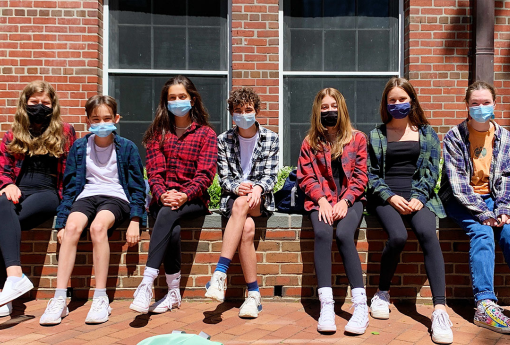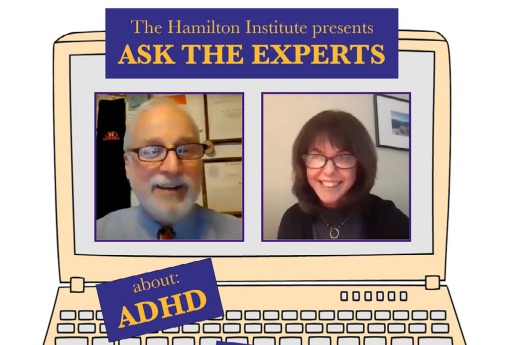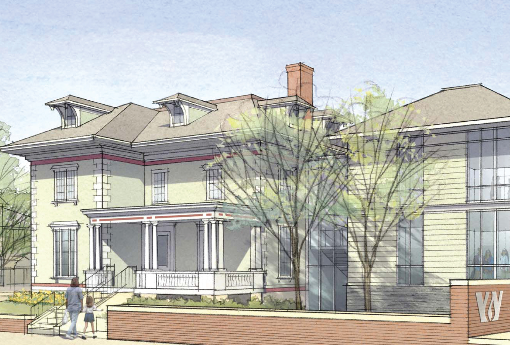
A Visit to the YURT
November 13, 2018
How does Wheeler’s Aerie Program find new opportunities to take our curriculum and make it soar? Sometimes it just means looking in your own backyard as Aerie founder Mark Harris explains.
I’d read about the “YURT” for quite some time, and knew it was an advanced computer lab of some sort over at Brown. A conversation in an Aerie staff meeting about using cardboard 3-D viewers in the DIB Lab with our 5th Grade led to a Google search, which led to computer scientist David Johnson (parent of a current student and two Wheeler grads) who led me to Tom Sgouros, director of the Center for Computation and Visualization, which led to an invitation, which led to a field trip. The Aerie team and Science Dept head Chris Perkins joined us for the 4-minute walk down Brook Street. Tom ushered us into a surprisingly small room, asked us to remove our shoes, and handed us 3-D glasses almost like the ones I’ve worn for screenings of alien movies. Except these glasses alternate images to each eye at 120 times a second.
The next hour was nothing short of astonishing. To call the technology in the YURT “cutting edge” seems somehow dull. The space is a virtual reality theater, housing 69 HD projectors driven by powerful computers, displaying 100 million stereo pixels onto 145 mirrors covering a 360-degree surface including overhead and underfoot.
At one juncture Tom announced that we were going to Mars. A moment later we were hurtling through a canyon that we were reminded wasn’t a photo collage, but an image created from satellite data. That canyon made the interpretation of the information incredibly visceral. In fact, Tom asked us: Is the debate about water on Mars even an argument from this viewpoint? There was a gigantic virtual dinosaur foot stepping into simulated mud, an enormous digitized mural from 1860 that we entered, a display of the geometry of the 4th dimension, and a 3-D experience of a Gertrude Stein poem, enveloping us as her actual voice echoed through the chamber.
The experience was so amazing that there was probably more electricity in our conversations on the way back to Wheeler than there had been in the lab. We had been in a small room that cost several million dollars but was literally a window into schools of the future. The first thing I did upon my return to campus was to book a second field trip for the next week, when our Head of School, Math and English department chairs, dean of students, and another math teacher were equally blown away. And once again, on the 4-block return trek, all of the conversations was “Wow! How do we get Wheeler kids in there for projects? How can our teachers contribute to the research? How can this resource help us teach more effectively?”
Makes me glad I work in Providence, in the center of a thriving educational hub. Makes me glad I work at Wheeler, a place where colleagues jump at the chance to explore the frontiers of learning. Makes me glad I work in a program where a student or teacher will likely be engaged in a YURT project within the next week or two.
Mark Harris, Aerie Director

